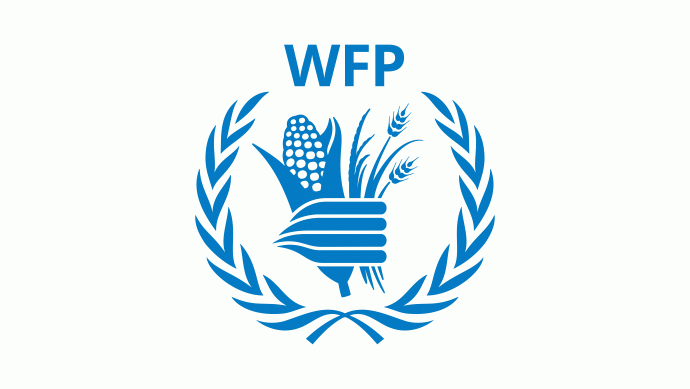The World Food Programme (WFP) in its latest report highlighted an improvement in food security in Afghanistan compared to last year.
According to the report, various factors such as the average production of wheat, rice, maize, and fruits, the import of food items, and the stability of the Afghan currency against foreign currencies have contributed to the improvement of food security in Afghanistan this year.
The WFP further said that in September of this solar year, it distributed $5.5 million to address the challenges faced by Afghan citizens. The number of people in need of urgent humanitarian aid has decreased from 15.3 million to 12.4 million.
The report from this UN agency also said: “In September, WFP GFA supported approximately 1.3 million vulnerable people, of which around 42 percent received cash-based transfers and commodity vouchers, enabling them to meet their food needs. Since 2023, WFP has had to significantly reduce life-saving assistance, leaving behind 11 million acutely food-insecure people whose needs are unmet.”
Meanwhile, the Ministry of Economy considers short-term aid from relief organizations beneficial for food security in Afghanistan.
Abdul Rahman Habib, spokesperson for the Ministry of Economy, said: “We ask the World Food Programme and other relief organizations to not only provide humanitarian aid to our citizens but also take part in development projects so that people can become economically self-sufficient.”
Some residents of the capital facing economic challenges have called on relief organizations and the Islamic Emirate to assist them.
“There is no work, no livelihood, and we live a life where we neither die nor truly live. This is the state of our days,” said a Kabul resident.
“So far, no aid has arrived. To this day, neither the United Nations, human rights organizations, nor the WFP have come to help these people,” said Malik, a resident of Kabul.
The WFP report also mentioned that despite progress in food security in Afghanistan, challenges such as lack of employment opportunities, reduced income, droughts, floods, and the return of thousands of Afghan refugees from other countries have left many people in the country still in need of humanitarian assistance.

